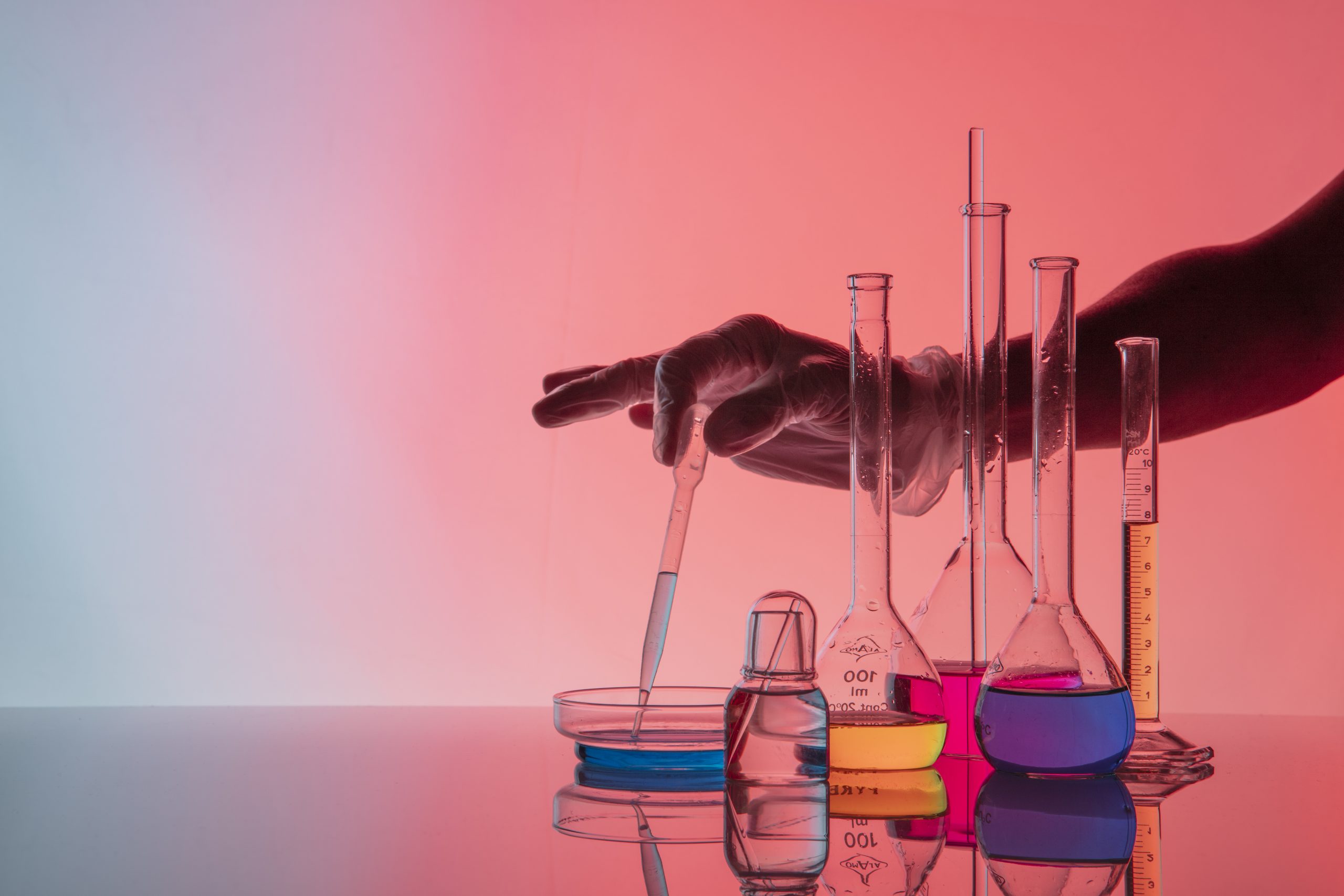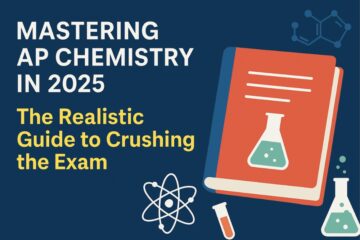Quantitative chemistry plays a significant role in chemistry as it allows the calculation of known quantities of substances. This includes determining the amount of product achievable from a given starting material or identifying the concentration of a specific component within a sample. Quantitative analysis includes several ways used to find the quantity of a chemical within a sample, always shown in numerical terms alongside relevant units. An instance of such analysis is shown by acid-base titration.
Throughout this module, you will delve into the fundamental principles essential for a comprehensive understanding of quantitative chemistry. Through this exploration, you will recognize how basic concepts evolve into more complex calculations with the accumulation of knowledge.
What is Quantitative Chemistry?
Quantitative chemistry is the branch of chemistry that enables chemists to apply maths to chemical equations to check the amount of different substances present.
What Topics Come Under Quantitative Chemistry GCSE?
- Percentage Yield
In an ideal scenario, a reaction would completely convert reactants into products. However, in practical settings, achieving a 100% conversion rate is often not possible because of several factors:
-
- Incomplete reactions may leave behind unreacted starting materials.
-
- Practical losses can occur during the experiment, such as product residue left on equipment.
-
- Competing, undesired reactions may take place alongside the desired reaction as side reactions.
To check the efficiency of a reaction, we can calculate the percentage yield, which is the proportion of actual product obtained compared to the theoretically expected amount:
Percentage yield = (Actual yield ÷ Theoretical yield) × 100
- Atom Economy
Atom economy determines the proportion of atoms from the starting substance that contribute to creating the intended product. In various reactions, multiple chemicals are produced, yet our focus typically is on getting a specific one. This calculation helps in assessing the environmental friendliness of our reaction:
Percentage atom economy = (Relative formula mass (RFM) of product ÷ RFM of all reactants) × 100
- Reaction Pathways
Typically, there exist multiple approaches to making a specific chemical compound. A reaction pathway represents the series of reactions required for producing the targeted product. The selection of a pathway for a product depends upon various considerations including:
-
- Percentage yield
-
- Atom economy
-
- Reaction rate
-
- Equilibrium position
-
- Utility of any resulting by-products
- Concentration
When a substance, called the solute, dissolves in another substance, called the solvent, it creates a solution. The concentration of this solution tells us how much of the solute is dissolved in a particular amount of the solvent. If a solution is more concentrated, it means it has more particles in the same volume.
Concentration = Moles of solute ÷ Volume of solvent
- Titration Calculations
To determine the concentration of a solution is called the titration method. It is a highly precise and experimental method for checking acid-base reactions. The solution with a concentration of either base, acid or any other chemical is kept in the burette. The other solution of unknown concentration is kept in the flask. The first drip’s slow drip is added to the second solution until neutralization is obtained. Apart from acid-base reactions, titration is applied in redox, complexation, and precipitation reactions.
- Avogadro’s Law
Avogadro’s law implies that under standard conditions of room temperature and pressure, equal volumes of different gases have an equivalent number of molecules. The molar volume shows the space occupied by one mole of molecules of any gas at room temperature and pressure. Moreover, you need to learn these topics that come under GCSE quantitative chemistry.
Conclusion
We hope you find this blog post useful. If you want to receive support and help from our experienced tutors, then you can contact Bright Mind Tutors.
OTHER USEFUL LINKS
A Level Chemistry Tutor Online
GCSE Physics Tutor
Biology GCSE Tutor




